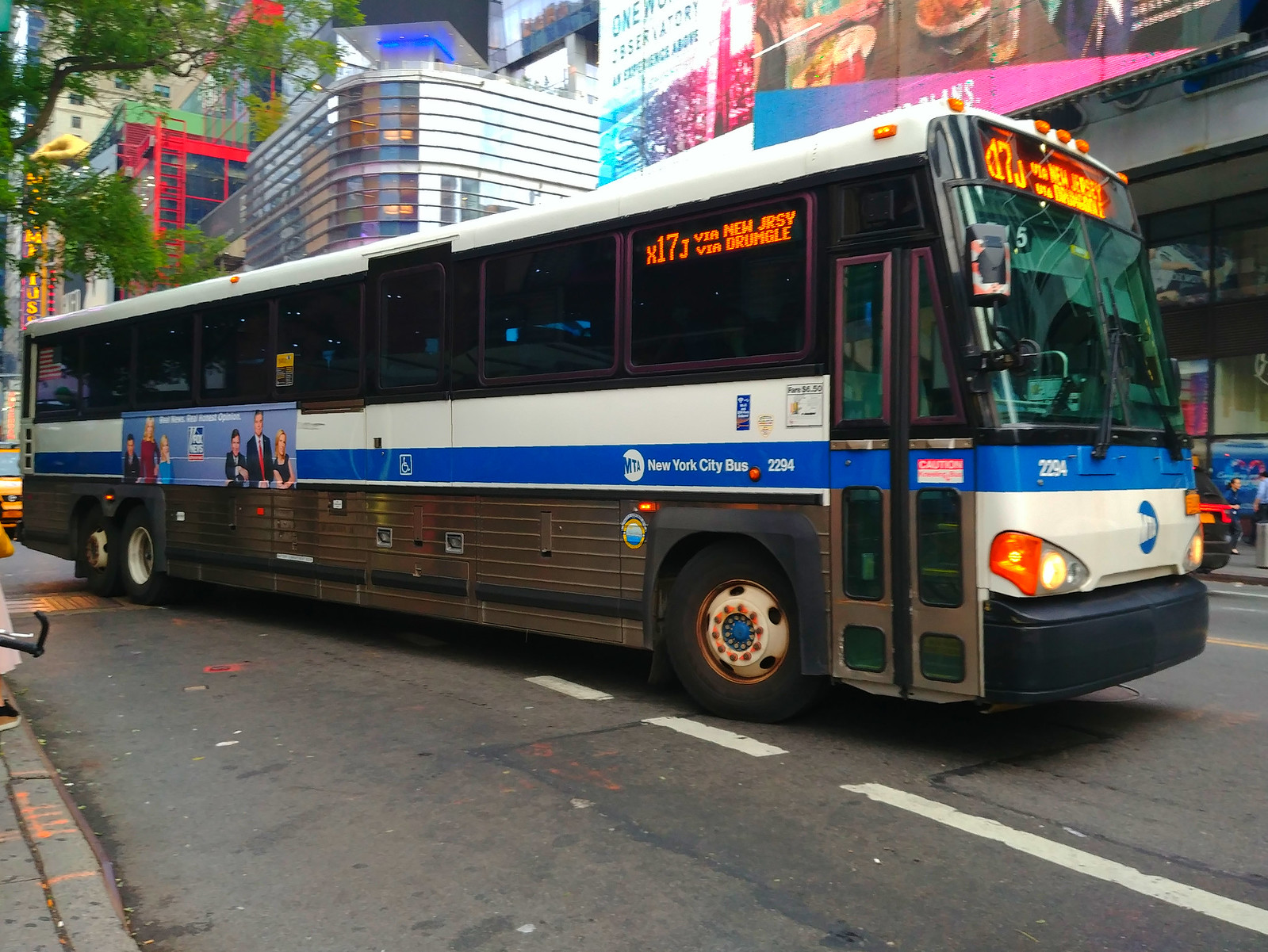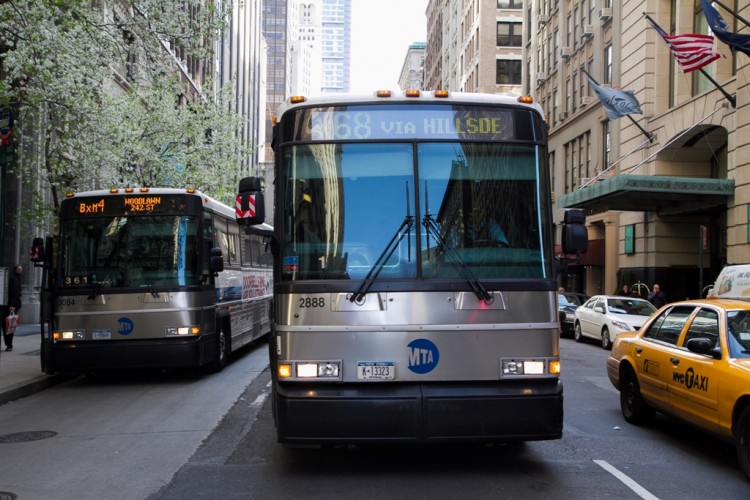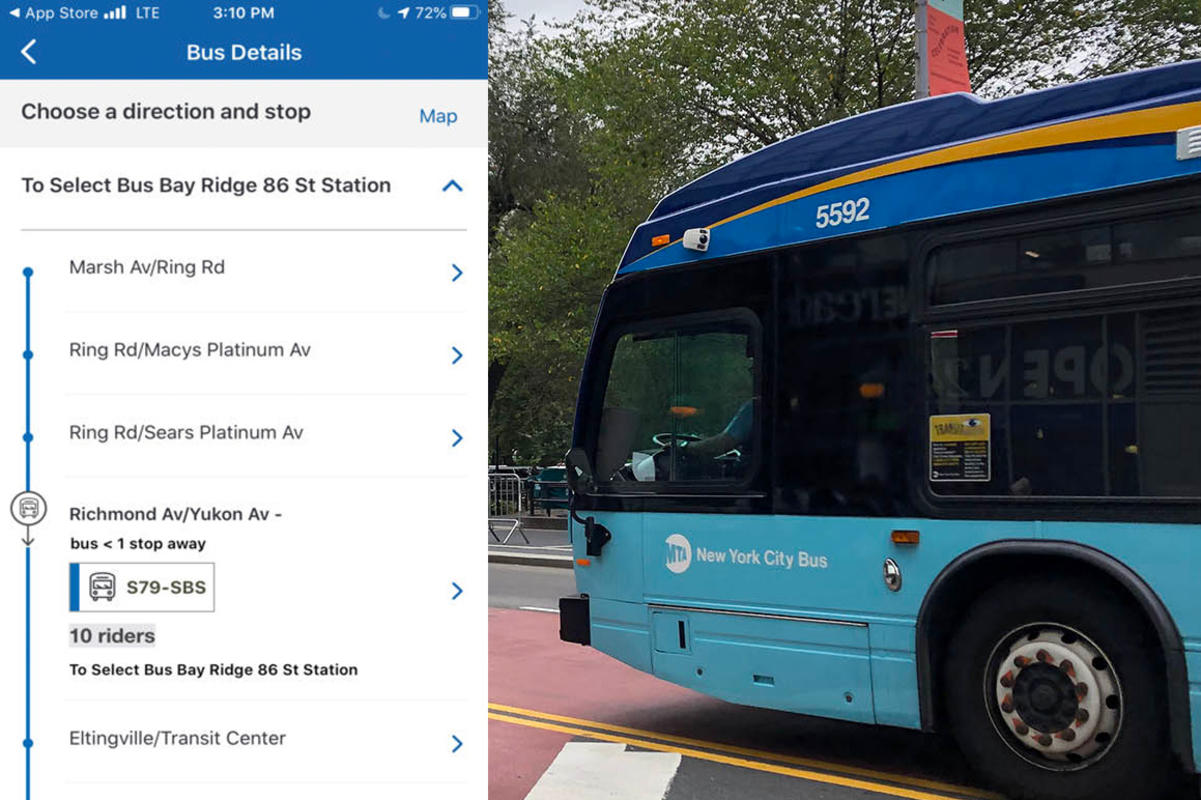
In 1901, the route was modified to serve Remington and Hampden. The line then operated to Gwynn Oak Junction (later the terminus of several other streetcar and bus lines), and had branches to Cheswolde and Pikesville.

The ultimate goal of the construction of the line was to provide rail service to Pennsylvania. The initial route of the line was along the Falls Road corridor (current location of the Baltimore Streetcar Museum). Service on Falls Road was provided by Route 10 between 19, then by Route 27 since 1982. 25 designation was used for service on Falls Road up until 1959. The Hampden line in Baltimore was the first electric streetcar that operated in the United States. 25 streetcar line that operated during Baltimore's streetcar era. The northern portion of the present Route 27 is nearly identical to the No. The bus route is the successor to the 10 Roland Park, 12 Westport, and 25 Mount Washington streetcar lines. Washington, Cross Keys, Hampden, and Cherry Hill, and the Greyhound bus terminal.

The line also serves the communities of Pimlico, Mt. The line currently runs from the Reisterstown Plaza Metro Subway Station in northwest Baltimore to Port Covington in South Baltimore through downtown. Route 27 is a bus route operated by the Maryland Transit Administration in Baltimore. For the numbered road, see Maryland Route 27. Bus clocks are devices mounted in bus shelters themselves that alert passengers to arrival times-but those probably won't happen anytime soon, so don't hold your breath.This article is about the MTA bus route. Mind you, Bus Time and bus clocks are not the same thing. Passengers can get bus info on the web or their smartphones by clicking, or by texting an intersection, street address or bus stop code to "511123" from any cell phone.

Bus Time was already in place for the M34 and the M34A.īusTime uses data from GPS devices mounted in the buses, which is then sent to the MTA server and integrated with location data and route info. The new trackable buses join 21 routes in the Bronx and 20 on Staten Island that connect to Manhattan, with the service expected to expand to all Manhattan-bound Queens and Brooklyn buses in the next six months, according to the MTA.

Manhattanites can now rest easy knowing that any bus on the island is trackable by smartphone, web or text message, thanks to the MTA's rapidly expanding BusTime service.


 0 kommentar(er)
0 kommentar(er)
